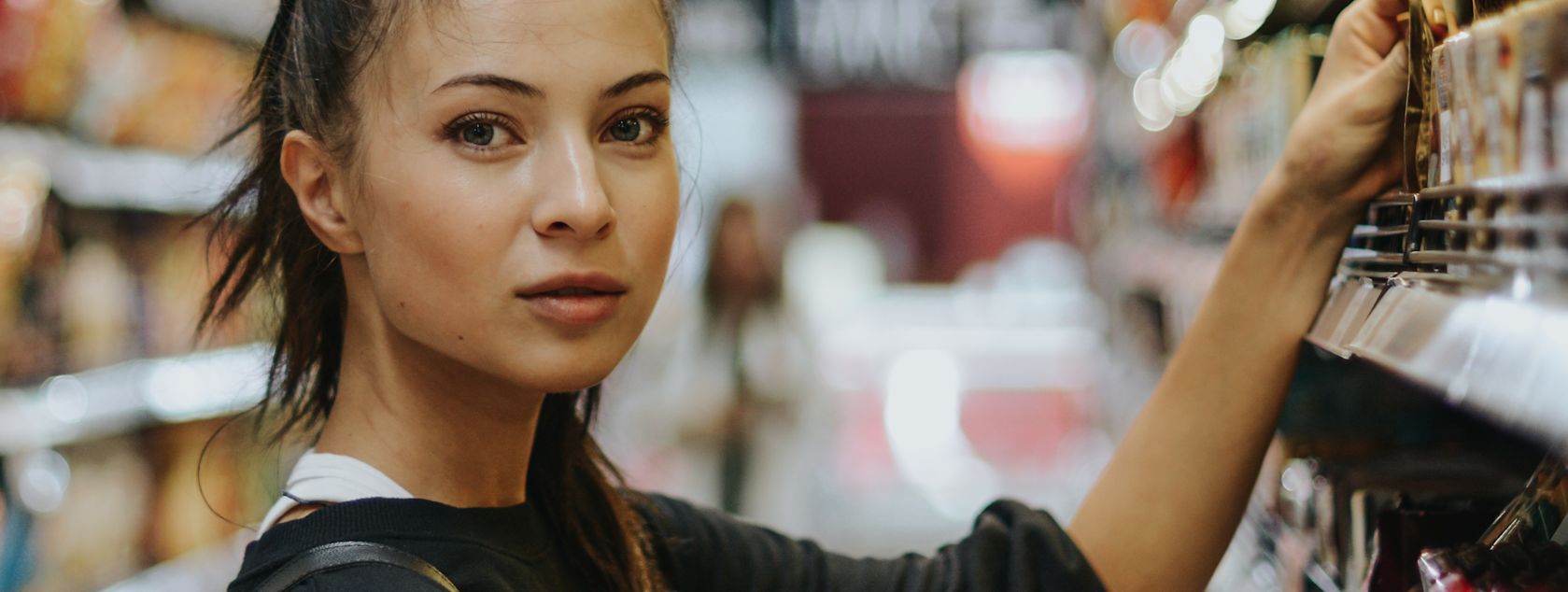5 Factors That Affect a Shopper's Psychology
Published July 18, 2018 by Josh Guest in eCommerce
Updated on October 2, 2023

Have you ever come back from a shopping trip and wondered why you bought an item? It’s because external factors had an impact on your subconscious causing you to make that purchase. Shopper psychology.
Companies and manufacturers learned that a human mind is a complex machine that processes thoughts in a mysterious manner. The marketplace is filled with many stimuli that can ultimately cause someone to make a purchase. Let’s take a look at some factors that affect shopper’s psychology, so you can either boost your sales or become a more conscious shopper.
Understanding Shopper’s Psychology
When it comes to shopper’s psychology, there are two categories when it comes to shoppers; intentional and instinctive.
Intentional Shoppers – don’t just get up and go shopping; each shopping expedition is planned, well thought out, and organized with a clear goal of what is going to be bought. These are also the ones you can lure in with something like an attractive Groupon discount, as they’re always looking to get the best bang for the buck.
Instinctive Shoppers – do not plan ahead before heading out for a shopping trip. They simply go with the flow, see what items catch their eye and buy it.
The two categories of shoppers listed above are affected by different stimuli and companies and brands learned how to maximize them. Here’s an overview of just how these stimuli work.
1. Sound & music set the mood
When you step into a store, the sounds you hear have an impact on you subconsciously and would, to a large extent, set the mood for your shopping. Classical music most usually would induce customers to go for vintage products. It has been proven that people have wandered into a mall just to enjoy Christmas music/carols, and most often end up making unplanned purchases. Different genres of music are employed by specialty stores depending on their target market. Music affects shoppers in different ways; some have slowed down their shopping just to finish listening to a song they like. Waiting at check out is more bearable and doesn’t seem quite long when good music is playing in the background. Others would keep going to a store just because of the mood set by the music.
2. Color evokes emotion
93% of shoppers are affected most by the color and appearance of products, and even the store itself. Brands are more recognizable by their colors and often use them to project their products and image. The different colors used and their significance include the following:
- Green is associated with wealth and is the easiest color for the eyes to process; aids relaxation.
- Black is a symbol of power and is used to advertise vintage products.
- Yellow speaks of buoyancy and youthfulness. Mostly used to attract window shoppers.
- Pink is often employed to display products for women and young girls because it’s feminine and romantic.
- Red is used for clearance sales because it is believed to be energetic, increases heart rate, and creates a sense of urgency.
- Orange is aggressive and is said to create a call to action.
- Blue creates a sense of serenity, confidence, and security, that’s why it’s often used by banks and related businesses.
3. Store display shows off the product
The way products are displayed also plays a major role in showing off their best features. Apple store would set laptops at an angle of 70 degrees, inviting shoppers to touch them. Furniture stores would display beds and accessories in a way that invites shoppers to snuggle in. Fast food joints/restaurants would set mouthwatering platters of desserts on the display window to induce hunger in passersby. People remember 80% of the things they see, and 90% of the information the brain receives is visual.
4. Signage grabs attention
Signage is one of the factors that contribute to how attractive a store is, whether online or offline. The 76% of shoppers have entered a store just because of its signage. A vast number of people, about 68%, judge the quality of a store’s product based on the “perceived” quality of its signage, while a good 75% have recommended a store to someone based on its signage.
5. Smell triggers feelings
Different scents are used by different stores to create the kind of ambiance they desire. Let’s show you a few of them:
- Talcum powder to make shoppers feel nostalgic, safe, and secure.
- Citrus and peppermint to make shoppers feel more alert.
- Leather and cider to make shoppers think of upscale and fancy furniture.
- Floral to make shoppers browse longer and buy more products.
- Freshly baked goods to make shoppers think of home and hearth.
- Chamomile, lavender, and vanilla to make shoppers feel relaxed.
Conclusion
Now that you have some knowledge about shopper’s psychology and external stimuli that affect shopping, we hope that you’ll be able to use them to your advantage. If you are a marketer or store owner, paying close attention to and utilizing these stimuli would increase your profit margin. For the impulsive shopper, this can help you become more intentional with your shopping.
Back to homepage